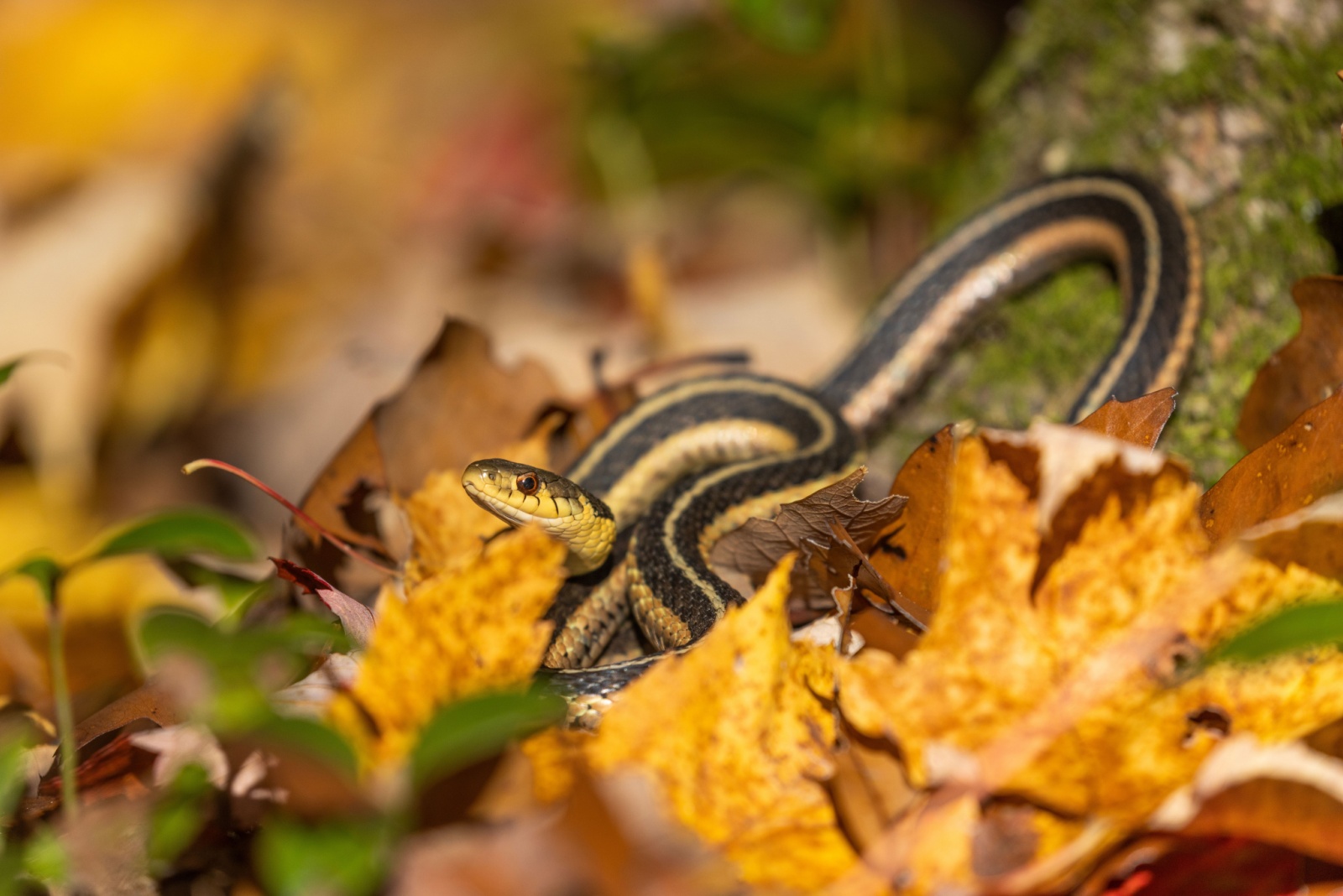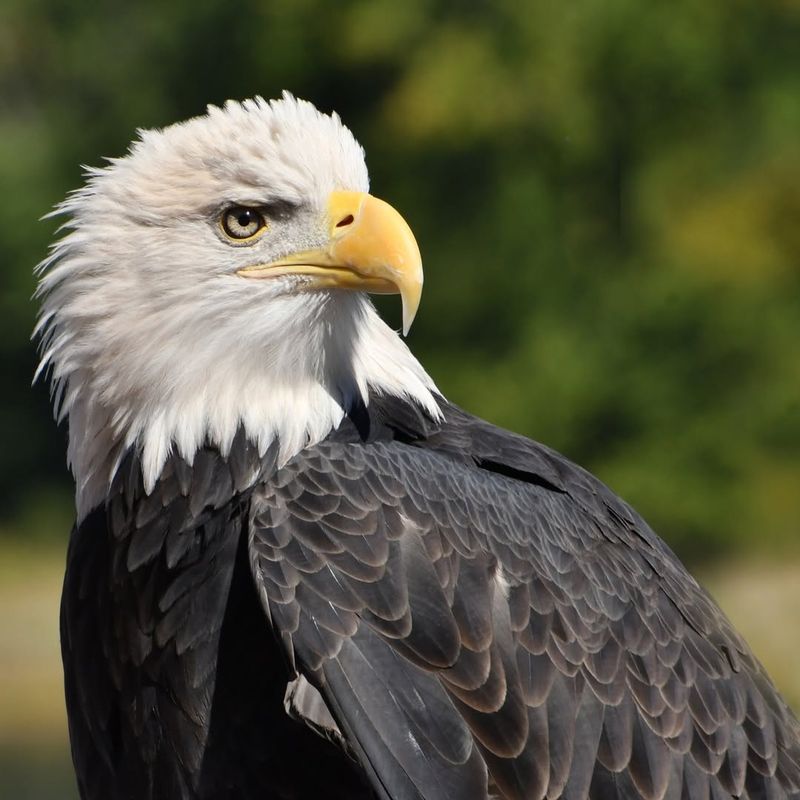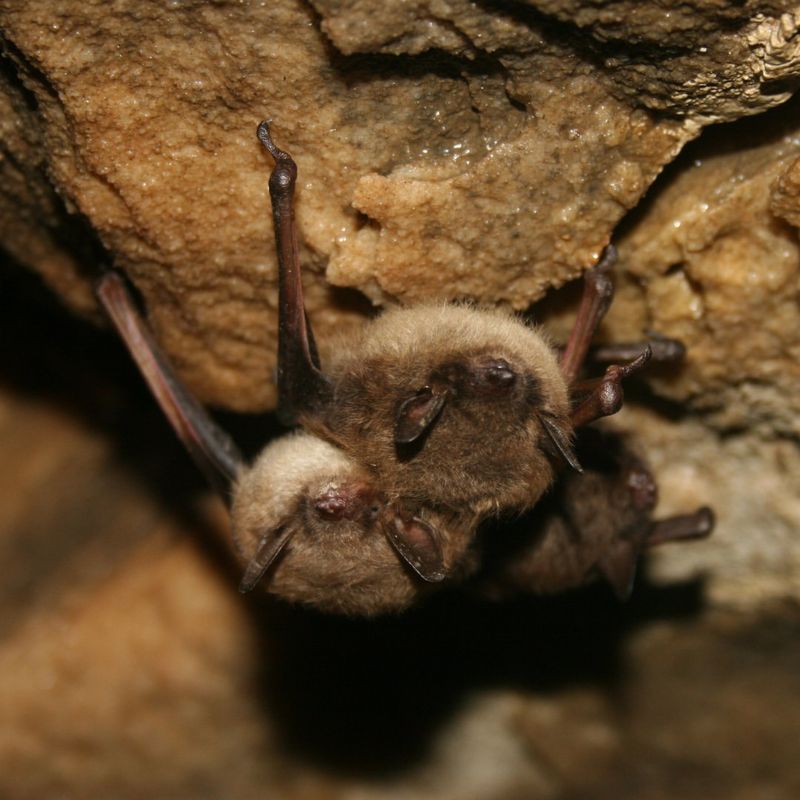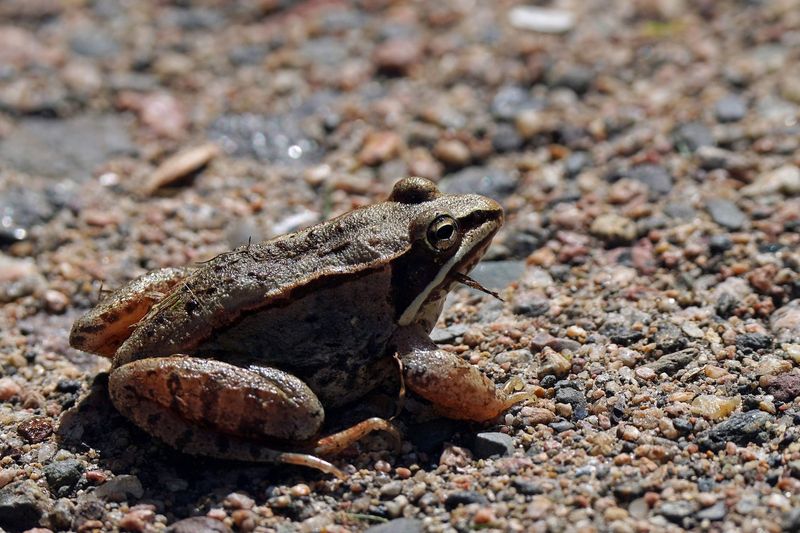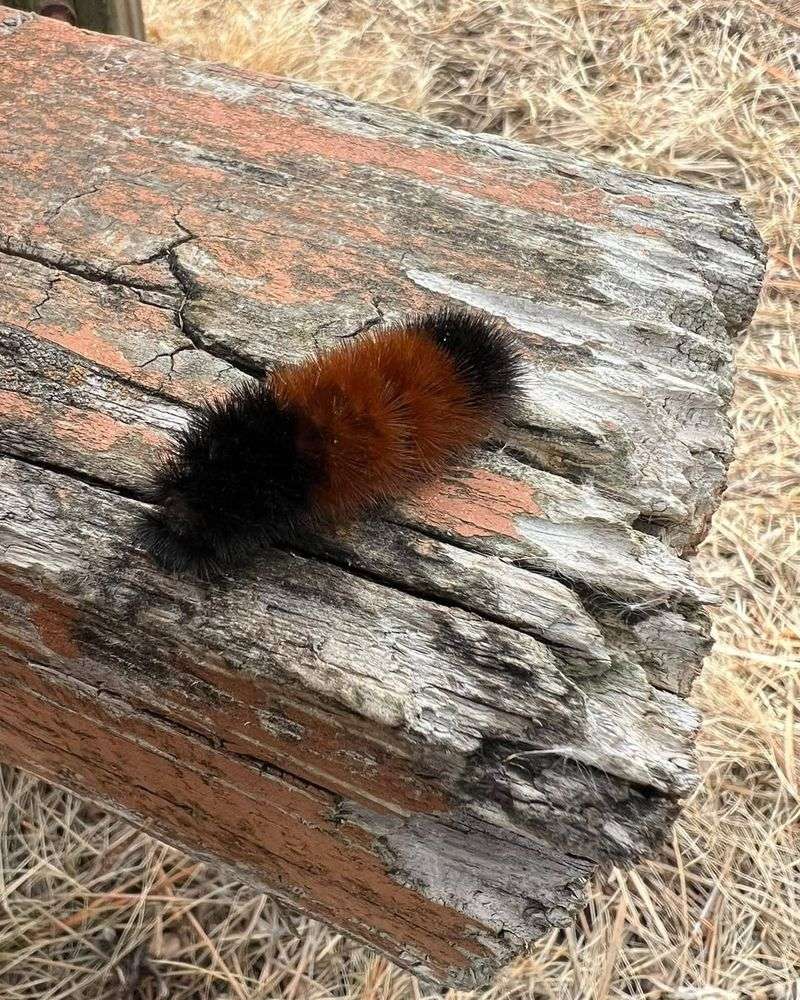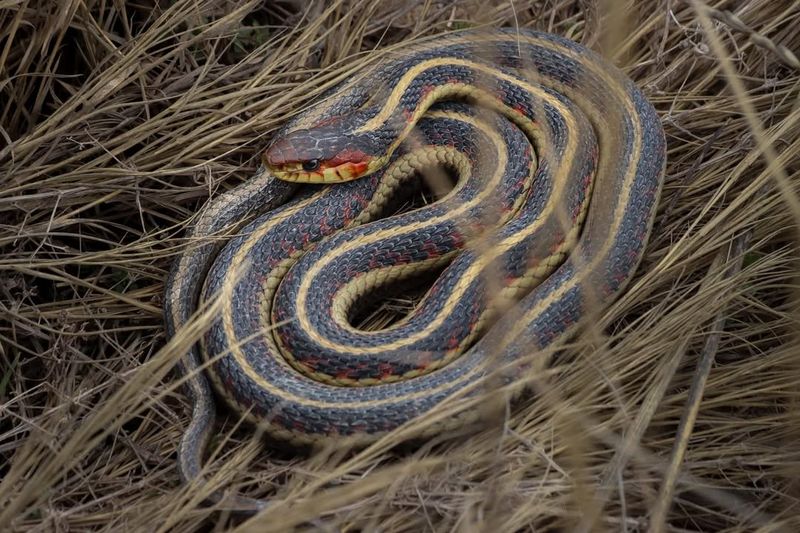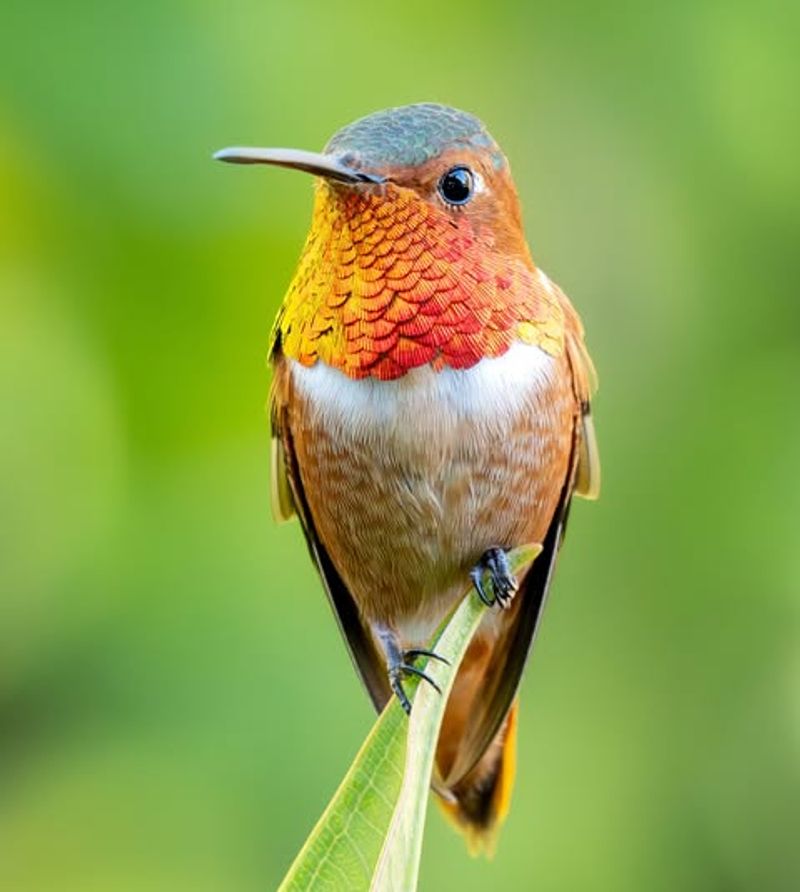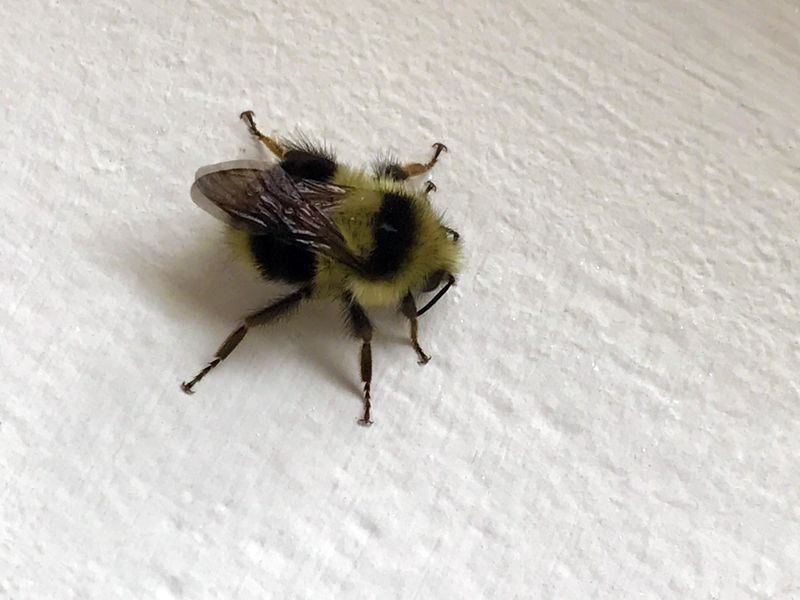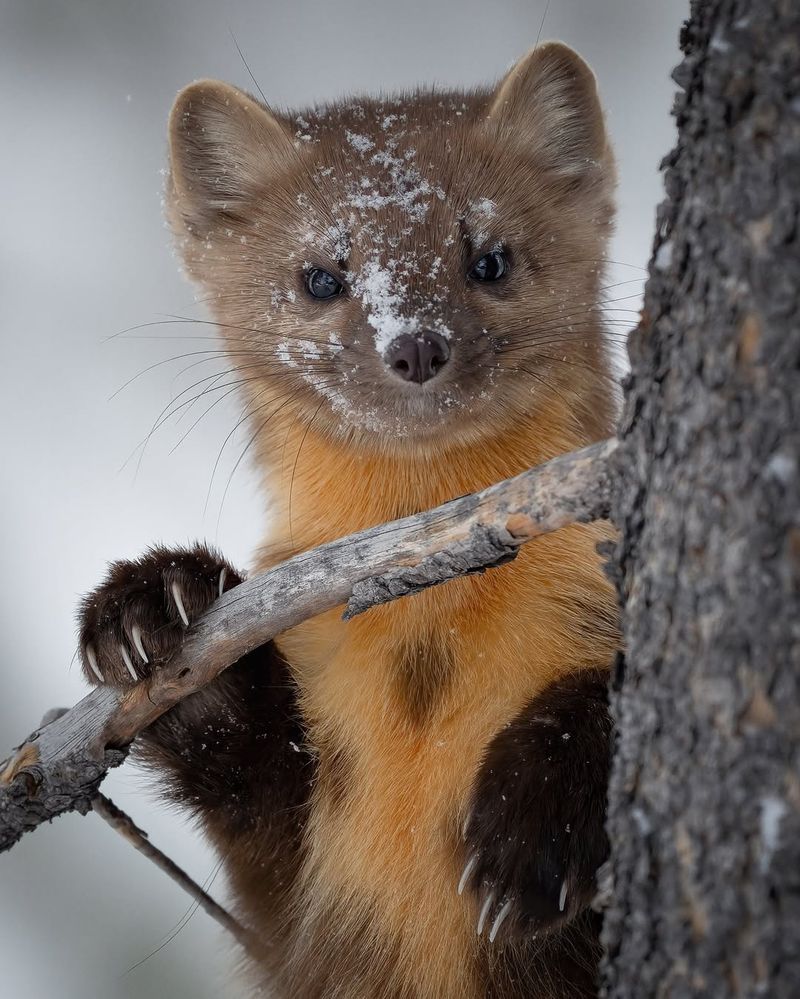Gardening in Alaska comes with unique challenges, including sharing your outdoor space with protected wildlife. Many Alaskans don’t realize that several creatures found in our gardens are legally protected under state and federal laws.
Removing these animals without proper permits can result in hefty fines or even criminal charges, so knowing which creatures to leave alone is essential for responsible gardening.
1. Bald Eagles: America’s Symbol On Your Property
Finding a bald eagle nest on your property might feel like winning the wildlife lottery. These majestic birds are protected under the Bald and Golden Eagle Protection Act, making it illegal to disturb, remove, or relocate them without federal authorization.
In my Alaska garden, I’ve learned to appreciate these unexpected neighbors. They actually help control rodent populations that might otherwise damage my vegetable beds.
If eagles choose your trees for nesting, you’ll need to maintain a respectful distance of at least 330 feet during nesting season, which typically runs from February through August in Alaska.
2. Little Brown Bats: Nighttime Garden Allies
These nocturnal mammals might look spooky, but they’re garden superheroes. Protected under Alaska’s wildlife conservation laws, little brown bats consume thousands of mosquitoes and garden pests nightly, providing natural pest control.
When I discovered a small colony in my garden shed, rather than panicking, I consulted with wildlife officials. They explained that disturbing their roost is prohibited without special permits.
Instead of removal, consider installing a proper bat house nearby. This gives them an alternative roosting spot while keeping them around to help with insect control in your garden beds.
3. Wood Frogs: Alaska’s Freeze-Tolerant Amphibians
Alaska’s only native frog species has developed the remarkable ability to freeze solid during winter and thaw completely unharmed in spring. These remarkable amphibians are protected under state wildlife regulations that prohibit collection or removal without permits.
For me, these fascinating creatures create an interesting challenge in my water features. I’ve learned to design my garden pond with gently sloping sides to accommodate their needs.
Wood frogs provide excellent natural pest control by consuming slugs, mosquito larvae, and other garden nuisances. Their distinctive chorus in spring also serves as nature’s alarm clock for planting season in the Last Frontier.
4. Woolly Bear Caterpillars: Future Arctic Moths
These fuzzy wanderers might look like common caterpillars, but they’re actually protected under Alaska’s wildlife regulations. The Arctic woolly bear caterpillar undergoes a remarkable multi-year development cycle before transforming into an Arctic moth.
Many Alaska gardeners mistake these beneficial insects for pests. I once nearly removed a cluster from my raspberry bushes before learning about their protected status and ecological importance.
Rather than relocating them, create designated wild areas in your garden where these caterpillars can complete their unusually long life cycle. They freeze solid each winter and thaw each spring, sometimes taking up to 14 years to become moths!
5. Common Garter Snakes: Alaska’s Rare Reptiles
Contrary to popular belief, Alaska does have native snakes in certain regions. The common garter snake population in Alaska is limited and protected under wildlife regulations that make removal without permits illegal.
My first encounter with a garter snake in my Southeast Alaska garden left me surprised. These shy reptiles actually help control slug populations that would otherwise devastate my lettuce beds.
Rather than attempting removal, create rock piles in sunny garden spots where these beneficial reptiles can thermoregulate. They’ll repay you by consuming many garden pests while staying mostly out of sight during your gardening activities.
6. Rufous Hummingbirds: Territorial Tiny Pollinators
These copper-colored dynamos might seem commonplace during summer, but they’re federally protected under the Migratory Bird Treaty Act. Their nests, eggs, and the birds themselves cannot be legally disturbed or relocated from your garden spaces.
The first time I watched a rufous hummingbird build its tiny nest in my columbine patch, I was mesmerized. These fierce little pollinators travel over 3,000 miles annually between Mexico and Alaska.
If you discover a hummingbird nest in an inconvenient garden location, you’ll need to temporarily adjust your gardening activities rather than moving the nest. The good news is they’ll reward your patience with incredible pollination services for your flowering plants.
7. Western Bumble Bees: Declining Pollinators With Legal Protection
These fuzzy yellow-and-black pollinators are experiencing alarming population declines, leading to special protected status in Alaska. Removing or destroying their nests—typically located in abandoned rodent burrows or under garden debris—violates conservation regulations.
While working in my raspberry patch last summer, I accidentally disturbed a ground nest. Instead of removing it, I roped off the area and adjusted my garden plans.
Western bumble bees are particularly valuable in Alaska’s short growing season because they can forage in much colder temperatures than honeybees. Their ability to pollinate in our cool climate makes them irreplaceable allies worth protecting in your garden ecosystem.
8. American Marten: Forest Dweller
The American Marten is a small, elusive creature with an inquisitive nature, often found in the dense forests of Alaska. Recognizable by its sleek, dense fur and bushy tail, this mammal is a master of navigating through trees.
Marten are known for their playful antics and ability to thrive in cold environments, making them a vital part of the Alaskan ecosystem. They are protected under state law, emphasizing their ecological importance.
Did you know? The American Marten’s fur was once highly prized in the fur trade, but now these creatures roam freely, protected by conservation efforts.

